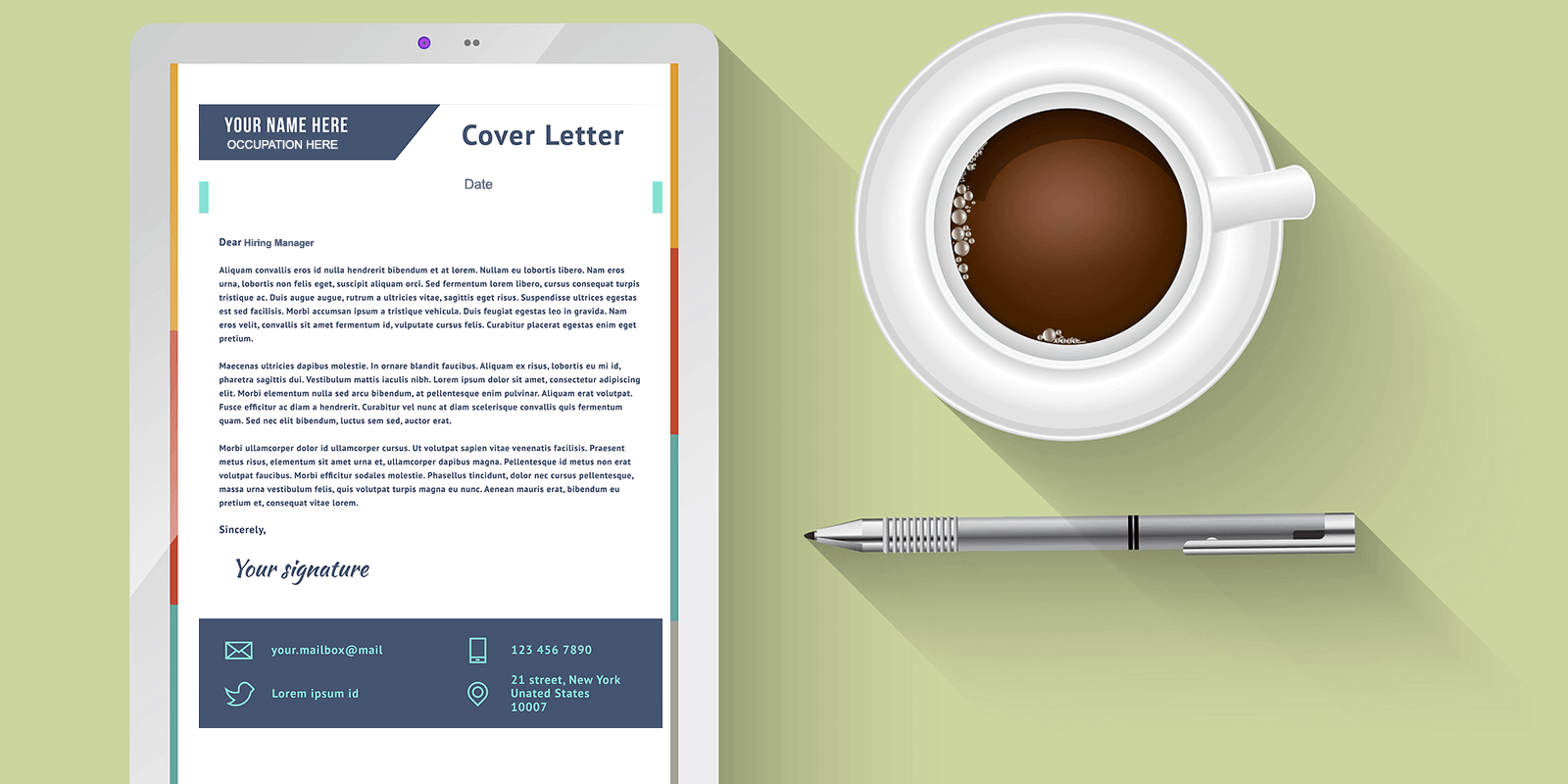
Introduction:
A well-crafted cover letter is a powerful tool that can significantly enhance your job application, serving as your personal introduction to potential employers. In the competitive landscape of job-seeking, a compelling cover letter can set you apart and showcase your unique qualifications and motivations. This comprehensive guide will walk you through the step-by-step process of crafting a cover letter that not only captures attention but also persuades hiring managers that you are the ideal candidate for the position.
Part 1: Understanding the Purpose of a Cover Letter
1.1 Defining the Purpose:
- Introduction: Clarify that a cover letter is a formal document accompanying your resume, providing context, elaborating on your qualifications, and expressing your interest in a specific job.
- Objectives: Understand that the primary goals of a cover letter are to introduce yourself, highlight relevant skills and experiences, explain why you’re suitable for the position, and express genuine interest in the company.
Part 2: Researching the Company and Job Role
2.1 Company Research:
- Understanding the Company: Investigate the company’s mission, values, and culture. Tailor your cover letter to align with these aspects, demonstrating your compatibility with the organization.
- Identifying Key Personnel: If possible, find out the name of the hiring manager or recruiter. Addressing your cover letter to a specific person adds a personalized touch.
2.2 Job Role Research:
- Analyzing the Job Description: Break down the job description to identify key requirements and qualifications. Tailor your cover letter to explicitly address these points.
- Showcasing Relevant Skills: Highlight your skills and experiences that directly match the requirements outlined in the job description.
Part 3: Structuring Your Cover Letter
3.1 Formal Header:
- Your Contact Information: Include your name, address, phone number, and email address at the top of the cover letter.
- Date: Below your contact information, add the current date.
3.2 Salutation:
- Addressing the Recipient: If possible, use the hiring manager’s name. If the name is unknown, use a generic salutation like “Dear Hiring Manager.”
3.3 Introduction:
- Engaging Opener: Start with a strong, engaging statement that captures attention. Mention the specific job you’re applying for and express your enthusiasm for the opportunity.
3.4 Body Paragraphs:
- First Paragraph: Introduce yourself and briefly mention your current role or academic status. Highlight any relevant achievements or experiences.
- Middle Paragraphs: Dive into specific examples that demonstrate how your skills and experiences align with the job requirements. Provide evidence of your achievements and contributions.
- Tailoring Content: Make a strong case for why you are an excellent fit for the position and how your unique qualities align with the company’s needs.
3.5 Conclusion:
- Closing Paragraph: Summarize your key points, express your continued interest in the position, and invite the employer to review your resume for further details.
- Call to Action: Conclude with a proactive statement, expressing your desire for an interview and conveying your readiness to discuss your suitability for the role.
Part 4: Showcasing Your Unique Value Proposition
4.1 Highlighting Achievements:
- Quantifiable Results: Whenever possible, use metrics and data to quantify your achievements. This adds credibility to your claims and demonstrates your impact.
4.2 Tailoring to the Company:
- Customizing for Each Application: Avoid generic cover letters. Tailor each cover letter to the specific job and company you are applying to, emphasizing the aspects that align with their needs.
4.3 Personality and Passion:
- Injecting Personality: Let your personality shine through in your writing. Use a conversational tone that is professional but reflects your genuine enthusiasm for the position.
- Expressing Passion: Clearly convey why you are passionate about the industry or role. Employers appreciate candidates who are genuinely excited about contributing to their organization.
Part 5: Perfecting the Language and Tone
5.1 Professional Language:
- Avoiding Clichés: Steer clear of overused phrases and clichés. Instead, focus on clear, concise language that effectively communicates your points.
5.2 Tailoring Tone:
- Formal Yet Personable: Strike a balance between professionalism and approachability. Maintain a formal tone while allowing your personality to come through.
5.3 Proofreading:
- Thorough Editing: Proofread your cover letter meticulously to catch any grammatical errors, typos, or awkward phrasing. Consider seeking feedback from a trusted colleague or friend.
Part 6: Final Touches and Formatting
6.1 Formatting Guidelines:
- Consistent Font and Style: Choose a clean, professional font and maintain consistency throughout the document. Aim for a well-organized, easy-to-read layout.
6.2 Length Considerations:
- Conciseness: Keep your cover letter concise, ideally within one page. Focus on quality rather than quantity, ensuring every sentence adds value.
6.3 Professional Sign-Off:
- Closing Salutation: End with a professional closing, such as “Sincerely” or “Best Regards.” Sign off with your full name.
Part 7: Additional Tips and Best Practices
7.1 Networking Connections:
- Leveraging Connections: If you have a professional connection within the company, mention it in your cover letter. Networking connections can positively influence the hiring process.
7.2 Addressing Employment Gaps:
- Transparent Communication: If you have employment gaps, address them transparently in your cover letter. Briefly explain the circumstances and focus on the skills and knowledge gained during those periods.
7.3 Researching Application Submission:
- Following Application Guidelines: Adhere to the specific application guidelines outlined by the company. Some employers may request specific information or have unique submission requirements.
Conclusion:
Crafting a compelling cover letter is an art that involves meticulous planning, research, and strategic communication. By following this step-by-step guide, you can create a cover letter that not only showcases your qualifications but also demonstrates your genuine interest in the position and company. Remember, a well-crafted cover letter is your opportunity to make a memorable first impression on potential employers. So, invest time and effort into perfecting this crucial component of your job application, and let your unique value proposition shine through in every word.